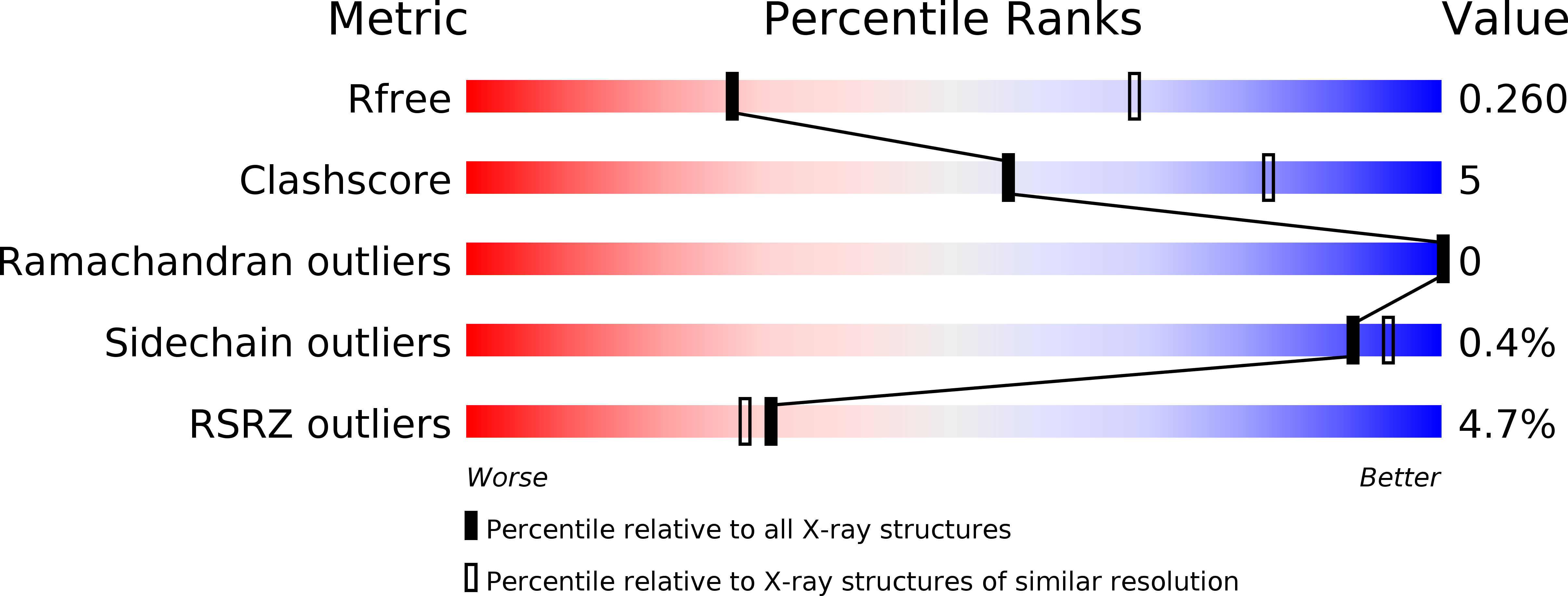
Deposition Date
2015-02-20
Release Date
2015-03-04
Last Version Date
2024-10-23
Entry Detail
Biological Source:
Source Organism:
Mus musculus (Taxon ID: 10090)
Homo sapiens (Taxon ID: 9606)
Homo sapiens (Taxon ID: 9606)
Host Organism:
Method Details:
Experimental Method:
Resolution:
3.25 Å
R-Value Free:
0.25
R-Value Work:
0.23
R-Value Observed:
0.24
Space Group:
P 32 2 1


